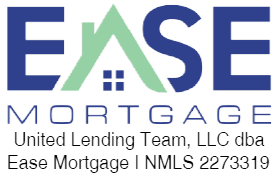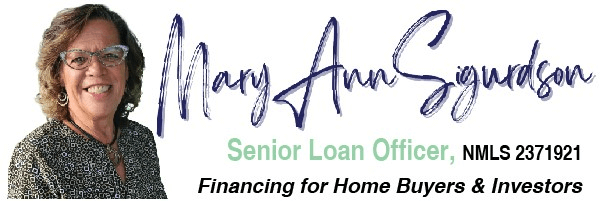

In the labyrinth of homeownership, one question frequently echoes: When is the opportune moment to lock in your mortgage rate? It's a financial crossroads that demands careful consideration and strategic planning. Today, we'll dissect the intricacies, providing clarity for those navigating the ever-shifting landscape of mortgage rates.
Imagine your mortgage rate as a vital piece of the homeownership puzzle, a variable influenced by economic currents, global events, and market fluctuations. Much like a seasoned journalist decoding the complexities of a breaking news story, understanding the factors influencing mortgage rates is key to making an informed decision.
The concept of locking in a mortgage rate can be likened to capturing a snapshot in time, freezing a specific interest rate for a designated period, usually 30 to 60 days. This strategy is designed to shield borrowers from the unpredictable tides of the market, offering a temporary sanctuary amidst financial uncertainty.
The first consideration in this financial puzzle is the prevailing market conditions. Picture it as assessing the state of the nation before delivering a news report. If the current mortgage rates are historically low, it might be an opportune moment to seize the proverbial mic and lock in your rate. Low rates could translate into substantial long-term savings, providing a stable foundation for your financial journey.
Conversely, if rates are soaring, akin to a major headline causing ripples across the nation, the decision to lock in your mortgage rate becomes a defensive move. It's a shield against potential future rate hikes that could send shockwaves through your financial stability. Timing, much like in journalism, is everything – securing a rate at the right moment can make all the difference.
The decision to lock in a mortgage rate also hinges on personal financial circumstances. Just as an astute journalist considers various angles before reporting a story, borrowers must assess their financial health. Factors such as a steady income, manageable debt, and a robust credit score can tilt the scales in favor of flexibility. The stability of your financial foundation determines your capacity to weather potential market storms.
The allure of locking in a rate lies in the peace of mind it provides. It's akin to crafting a well-researched and balanced news report – ensuring accuracy and minimizing the risk of unexpected twists. By securing a rate, borrowers safeguard themselves against the volatility inherent in the financial landscape, creating a sense of stability amidst the uncertainty.
However, there's a flip side to this coin, much like presenting a nuanced story with multiple perspectives. Locking in a rate means potentially missing out on future drops. The market, like the news cycle, is dynamic, and rates may fluctuate in response to economic shifts or global events. This dynamic requires borrowers to strike a balance between the security of a locked rate and the potential for a better deal down the line.
The decision to lock in a mortgage rate is a multifaceted one, demanding a careful analysis of market trends, personal financial standing, and a forward-looking perspective. Much like delivering a well-crafted news story, it's about presenting the facts, understanding the context, and making a decision that aligns with your long-term goals. As you navigate the mortgage maze, consider it a journalistic pursuit, seeking the truth in the numbers and making a decision that propels you towards financial success.
If you have any questions, please give us a call today!

